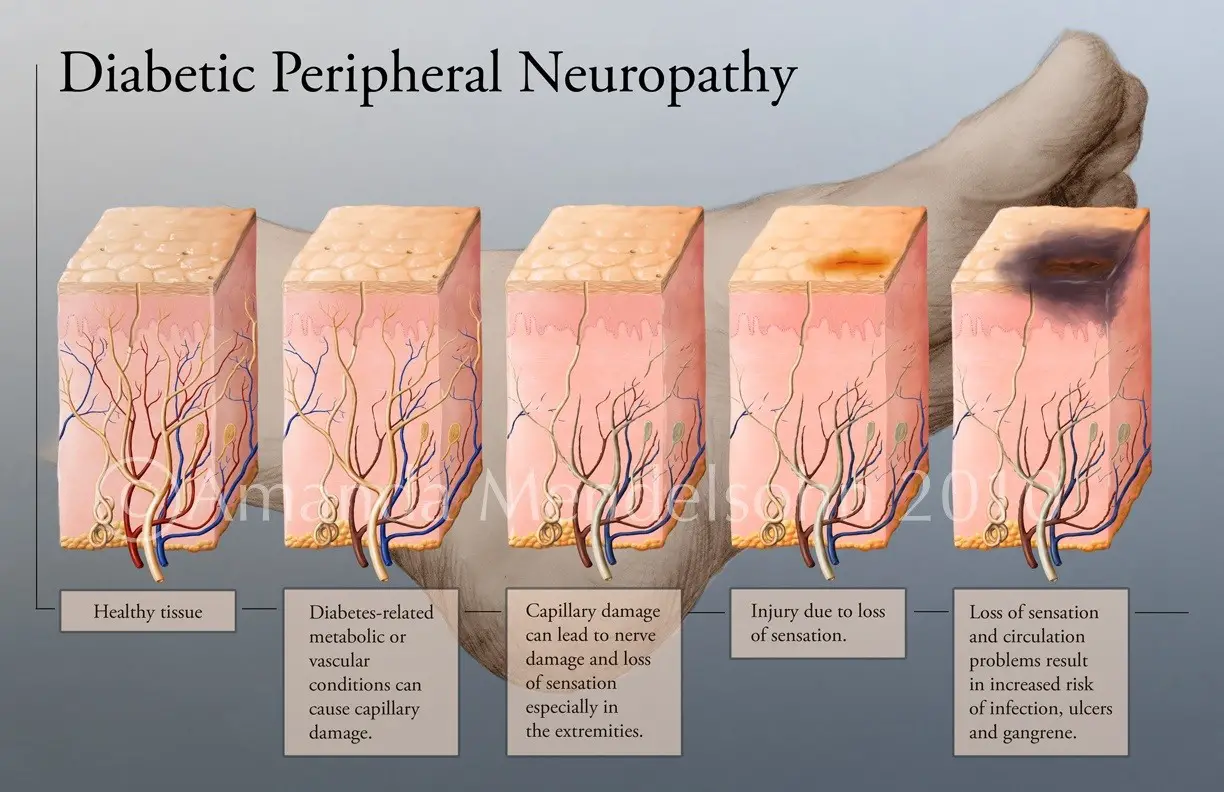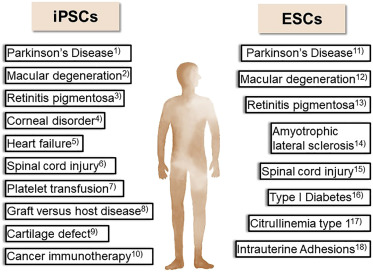Recent advances in understanding the impact of infection and inflammation on hematopoietic stem and progenitor cells
,
https://doi.org/10.1016/j.cdev.2023.203844
Abstract
Just over one decade ago, it was discovered that hematopoietic stem cells (HSCs) could directly respond to inflammatory cytokines by mounting a proliferative response thought to mediate the emergency production of mature blood cells. In the intervening years, we have gained mechanistic insight into this so-called activation process and have started to learn such a response may come at a cost in terms of ultimately resulting in HSC exhaustion and hematologic dysfunction. In this review article, we report the progress we have made in understanding the interplay between infection, inflammation and HSCs during the funding period of the Collaborative Research Center 873 “Maintenance and Differentiation of Stem Cells in Development and Disease”, and place this work within the context of recent output by others working within this field.
Introduction
Deregulated inflammatory responses form a key role in the etiology of a broad range of disease pathologies. Mature immune cells have been extensively studied for decades with regards to their role in mediating both a normal inflammatory response to stimuli such as infection and damage, as well as in the abnormal setting where the inflammatory response is attenuated or hyper-activated. More recently, it has become evident that adult hematopoietic stem cells (HSCs), which are the ultimate precursors of many immune effector cells, also play a role in the inflammatory response to certain stimuli, as part of an “emergency hematopoiesis” program (Clapes et al., 2016; Boettcher and Manz, 2017). In this context, the prevailing thought within the field is that these HSCs exist within a predominantly quiescent state within their bone marrow niche and act as an emergency reserve, which is called into play to replenish mature blood cells when they are depleted, such as following severe infection or inflammatory exposure (Wilson et al., 2008). The progressive increase in interest in this phenomenon has resulted in the development of a broad range of murine models with which to study inflammation-associated behavior of HSCs and progenitors (HSPCs), including: bacterial infection models, such as M. avium (Matatall et al., 2016), S. typhimurium (Takizawa et al., 2017) and Group A Streptococcus (Morales-Mantilla, 2022); viral infection models, such as Murine Cytomegalovirus (Hirche et al., 2017) and Influenza A (Rommel et al., 2022); eukaryotic parasite infection models, like Plasmodium (Haltalli et al., 2020); and chronic sterile inflammation models, such as rheumatoid arthritis (Hernandez et al., 2020) and multifocal osteomyelitis (Grusanovic et al., 2023). In addition to providing insight into the signal transduction pathways that mediate the proliferative response of HSCs to various environmental stimuli, these models have also revealed the potential clinical relevance of this phenomenon, with the action of repetitive or chronic inflammation on HSCs and progenitor cells being assigned a causal role in several pathological settings including age-associated attrition of the hematopoietic system; the evolution of clonal hematopoiesis of indeterminate potential (CHIP); and malignant transformation (reviewed in (Caiado et al., 2021)). In this review article, which forms part of a special edition of Cells and Development dedicated to the reporting of the output from the final funding period of the Collaborative Research Center 873 “Maintenance and Differentiation of Stem Cells in Development and Disease”, we will highlight select manuscripts published during the course of the last year which have advanced our understanding of the intriguing relationship between both sterile and infection-associated inflammation and HSPC biology, including our own contributions to this topic.
Section snippets
Deconvolution of the inflammatory milieu: which inflammatory cytokines are HSCs responsive to in vivo?
Typically, in vivo inflammatory responses to clinically-relevant stimuli do not consist of the induction of a single pro-inflammatory cytokine, but rather result in the production and secretion of a complex milieu of such proteins, each of which can potentially elicit a cascade of downstream molecular signaling events. Understanding the precise mechanism via which a given stimulus is able to provoke an alteration in HSC function is further complicated by the possibility that inflammatory
Inflammation as a driver of pathologies associated with defective HSC biology
Inflammation has been implicated in the etiology of a range of HSC-associated diseases. However, one specific phenomenon in which there has been a recent increase in interest in the role of infection and inflammation is the phenomenon of clonal hematopoiesis of indeterminate potential (CHIP), also known as age-related clonal hematopoiesis (ARCH) (Steensma et al., 2015; Bowman et al., 2018). CHIP relates to the non-malignant expansion of HSC clones harboring a range of specific somatic
Inflammation in early/mid-life as a factor that accelerates HSC aging
As previously discussed, the development of a chronic inflammatory state in old age has been hypothesized to mediate a broad range of age-associated pathologies. However, it is not clear if discrete bouts of acute inflammation in early or mid-life can impact on the aging process. For this to be the case, it would be necessary for the inflammatory challenge to have long-lived or permanent effects upon cell or tissue function (Fig. 2). In order to address this question in the setting of HSC
Summary
There is a clear consensus that HSC can respond to a broad range of pro-inflammatory stimuli by mounting a proliferative response. Emerging data suggests that this response may be more nuanced than previously thought in terms of the precise effects of different cytokines and even the effect of stimulating different receptors for the same pro-inflammatory cytokine. Nonetheless, our data suggest that there is some degree of functional redundancy in the action of several inflammatory cytokines



